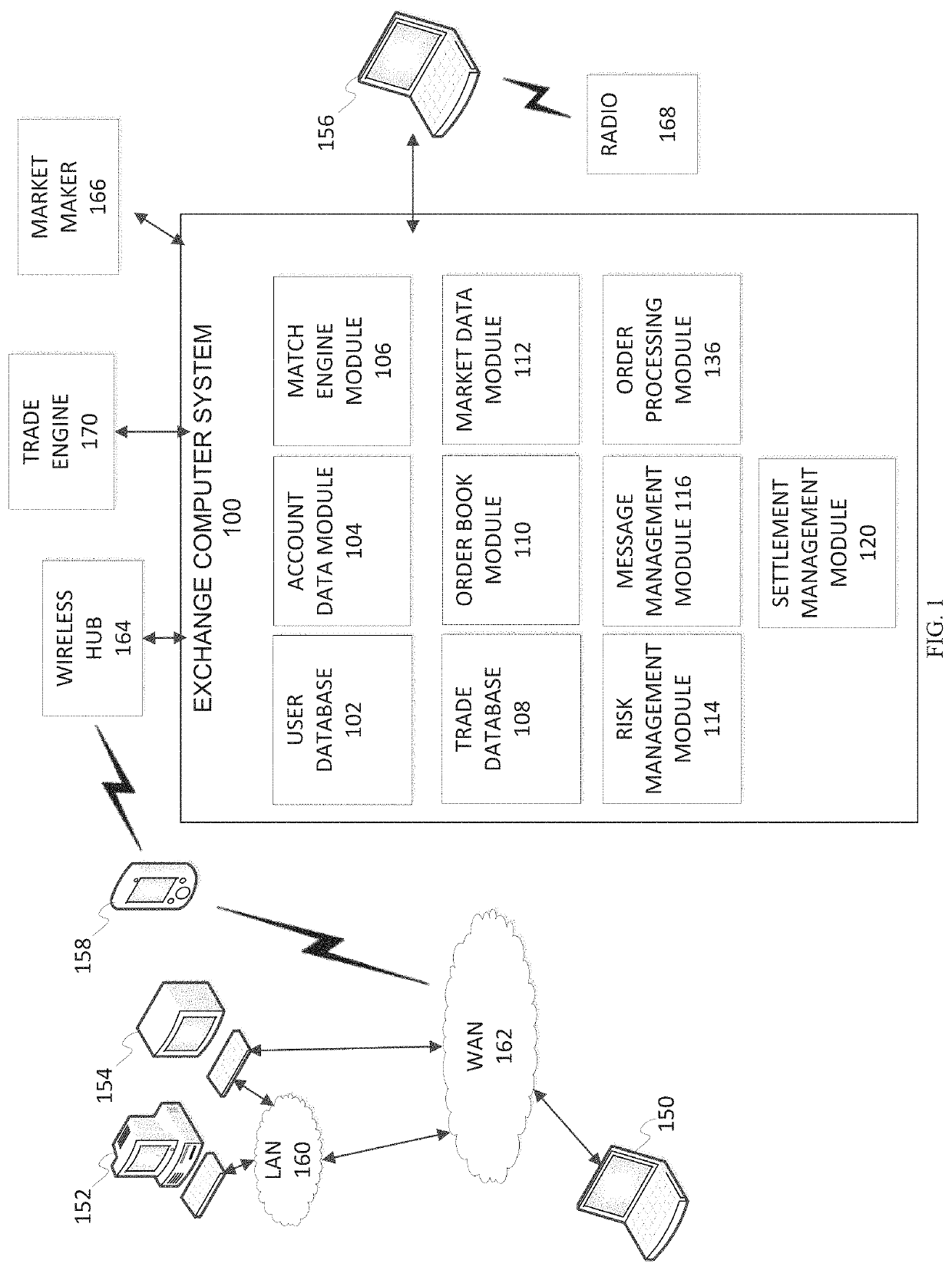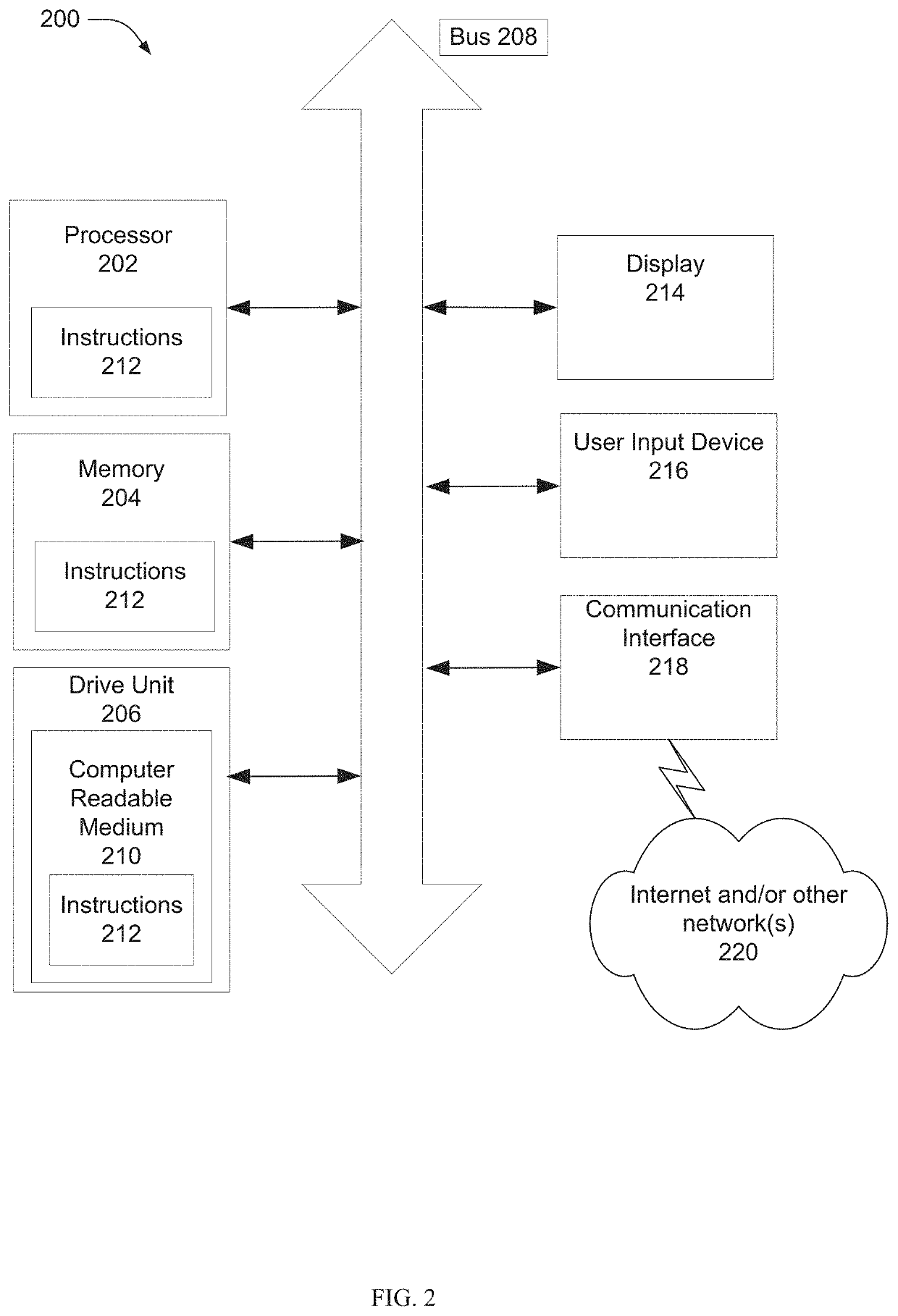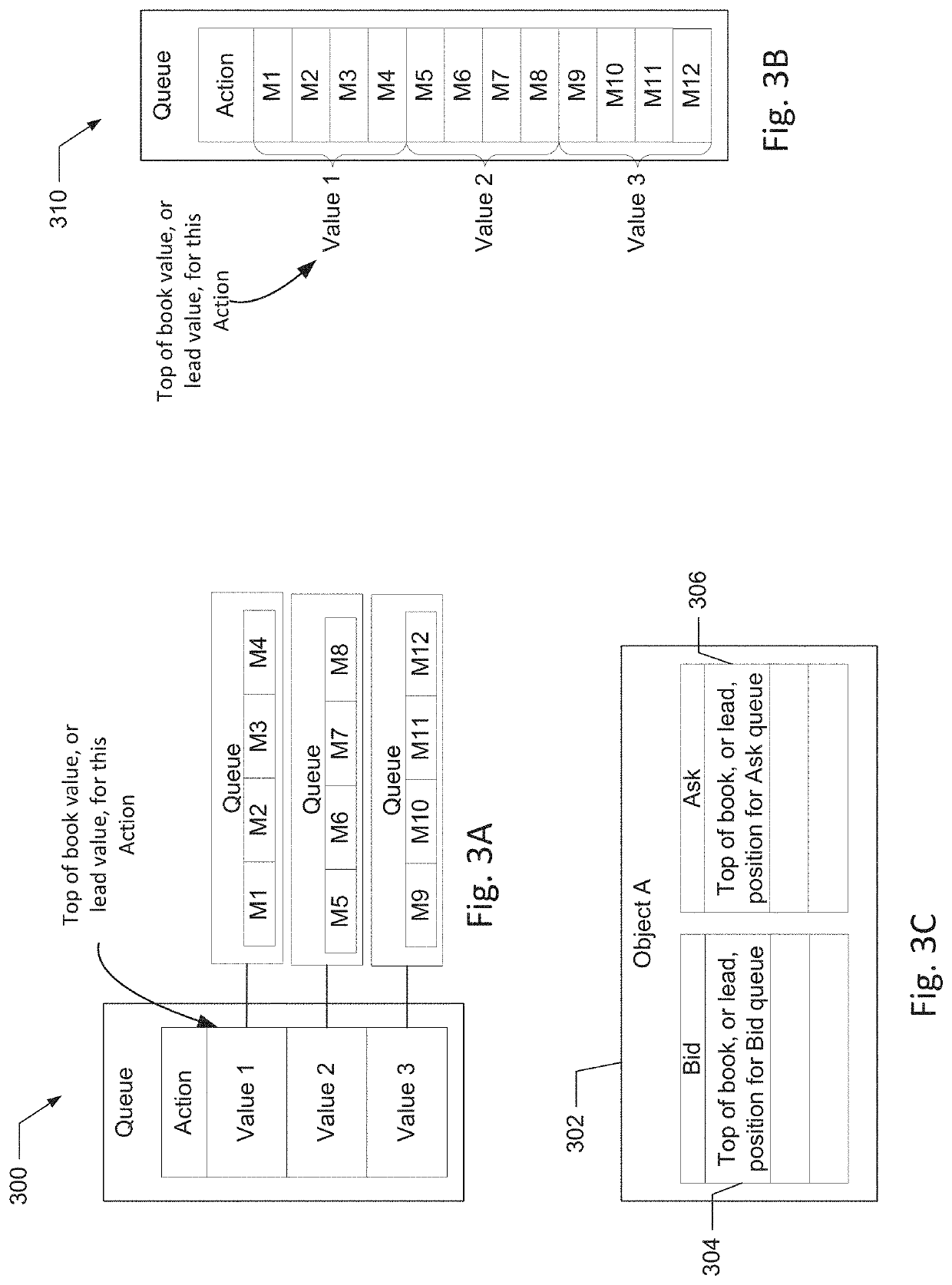This type of strategy, however, involves some risk as one of the two or more trades may fail leaving the trader at risk.
This type of quotation conventions is not compatible with
cryptocurrency cross trading.
By fixing the spread ratio using USD, Bitcoin and other cryptocurrencies cannot achieve independence.
The problem also exists in real cross-rate currency futures trading, e.g. EUR / JPY (Euro Japanese Yen cross).
For cryptocurrencies, passing variation margin in either crypto currency is not possible, necessitating USD variation margins.
A fixed spread ratio product may provide a temporary solution, but may not work in the long run.
Fluctuation in prices may complicate and make inconvenient both the trading aspect and the margin variation.
This futures contract, however, is separated from the individual underlying markets and as such creates a separate liquidity
pool and is dilutive and not additive to liquidity of the two underlying futures markets.
Cryptocurrency cross trading presents unique challenges for calculating ratios and prices, in particular for implied orders.
Cryptocurrency are difficult to counterfeit because of this security feature.
However, due to the unique properties of cryptocurrencies, current mechanisms for inter-commodity spreads may be not be adequate to provide cross
cryptocurrency spread trading.
One issue with current inter-commodity spreads is the
fixed ratio.
However, this type of spread is impractical for cryptocurrency traders that may not prefer USD and fixed spread ratios.
For B vs E, traders can set up a contract that says the price of B is x number of E. But traders cannot do a variation settlement by moving E between
bank accounts of a
client and the clearing house.
Further, in a classical ICS, the spread ratio needs to be fixed ahead of time and can only be altered periodically.
This is not very convenient if the prices of cryptocurrency futures fluctuate wildly.
Previous techniques do not allow for the matching and execution of transactions having differing sizes or specified units as suitable counter-equivalence could not be determined.
Exchange match engine systems may be subject to variable messaging loads due to variable market messaging activity.
With limited
processing capacity, high messaging volumes may increase the
response time or latency experienced by market participants.
In addition, it may be appreciated that
electronic trading systems further impose additional expectations and demands by market participants as to
transaction processing speed, latency, capacity and
response time, while creating additional complexities relating thereto.
However, messages, whether MBO or MBP, generated responsive to market impacting events which are caused by more than one order, such as a trade, may require the transmission of a significant amount of data to convey the requisite information to the market participants.
This may result in penalizing the trader who makes an errant trade, or whose underlying trading motivations have changed, and who cannot otherwise modify or cancel their order faster than other traders can submit trades there against.
Furthermore, while it may be beneficial to give priority to a trader who is first to place an order at a given price because that trader is, in effect, taking a risk, the longer that the trader's order rests, the less beneficial it may be.
However, a trader who took a risk by being first to place an order (a “market turning” order) at a price may end up having to share an incoming order with a much later submitted order.
This results in an escalation of quantities on the order book and exposes a trader to a risk that someone may trade against one of these orders and subject the trader to a larger trade than they intended.
In the typical case, once an incoming order is allocated against these large resting orders, the traders subsequently cancel the remaining resting quantity which may frustrate other traders.
In those markets, the failure of one participant can have a
ripple effect on the solvency of the other participants.
Conversely, CME's mark-to-the-market
system may not allow losses to accumulate over time or allow a
market participant the opportunity to defer losses associated with market positions.
However, identifying implied opportunities may be computationally intensive.
The creation of implied orders increases the number of tradable items, which has the potential of attracting additional traders.
Conversely, if the combined value of the products is less than that of crude, then the gross
cracking margin is negative.
In some cases, the outright market for the deferred month or other constituent contract may not be sufficiently active to provide market data (e.g., bid-offer data) and / or trade data.
As an intermediary to
electronic trading transactions, the exchange bears a certain amount of risk in each transaction that takes place.
If any one of the queues or components of the
transaction processing system experiences a
delay, that creates a backlog for the structures preceding the delayed structure.
For example, if the match or transaction component is undergoing a high
processing volume, and if the pre-match or pre-transaction
queue is full of messages waiting to enter the match or transaction component, the conversion component may not be able to add any more messages to the pre-match or pre-transaction
queue.
The huge fluctuations have mainly been due to the lack of confidence in the Bitcoin
system, its fragile reputation, and its stark reaction to bad news, which often leads to a steep price drop, before rising again.
As described above, one of the issues for cross-crypto currency futures trades it the volatility of cryptocurrencies.
For cross-crypto currency future trades, quoting using a price does not make sense as the market and ratios are volatile.
Additionally, the illustrations are merely representational and may not be drawn to scale.
 Login to View More
Login to View More  Login to View More
Login to View More 


